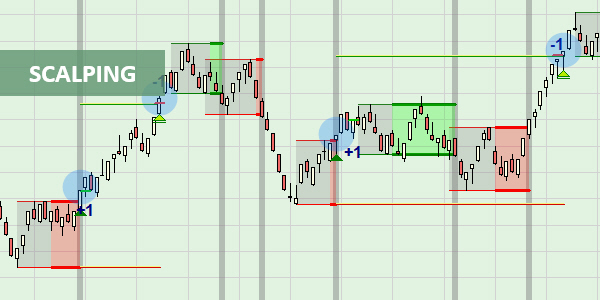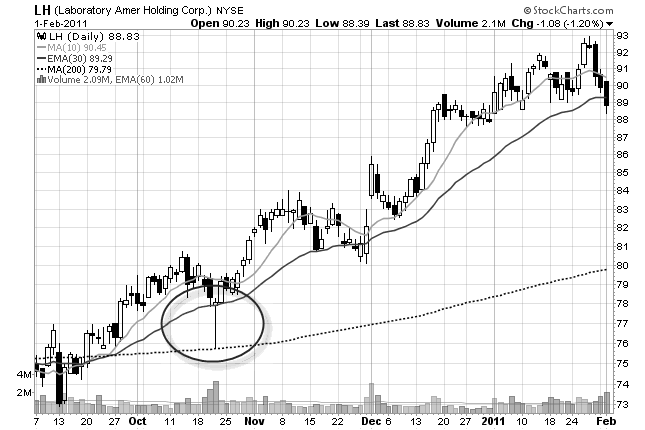Central bank policies hold a significant influence over the economic landscape, playing a crucial role in managing fluctuations and ensuring price stability. As the manager of a nation's money supply, central banks have distinct responsibilities that set them apart from other financial institutions.
Central Bank Policies - Forex Prop Reviews
Understanding the intricacies and impact of central bank policies is essential for comprehending the overall financial framework.
In this article, Forex Prop Reviews will delve into the objectives of monetary policy and explore how central banks set explicit inflation targets to maintain low and stable inflation rates. We will also examine their role in managing the money supply and discuss the tools they employ to shape monetary policy.
Objectives of Monetary Policy
Did you know that central banks have specific objectives for their monetary policy? These objectives include managing economic fluctuations and achieving price stability, which means keeping inflation low and stable.
Central banks play a crucial role in managing a country's money supply, and they have important goals in mind when it comes to doing so. They aim to ensure that the economy is not subject to extreme booms or busts by trying to smooth out economic fluctuations.
Additionally, central banks strive to achieve price stability by keeping inflation at an optimal level. By pursuing these objectives, central banks contribute to maintaining a healthy and stable economy.
To achieve their objectives, central banks employ various tools such as interest rate adjustments and open market operations. Changes in interest rates can influence borrowing costs for individuals and businesses, thereby affecting spending and investment levels in the economy.
Open market operations involve buying or selling government securities, which impacts the amount of money circulating in the financial system. By utilizing these tools strategically, central banks can manage economic fluctuations while striving for price stability.

Role of Central Banks
Imagine having the power to shape an entire economy, ensuring its stability and safeguarding your financial well-being. That's the immense responsibility entrusted to central banks around the world.
The role of the central bank is to formulate and implement monetary policies that contribute to sustainable economic growth and maintain price stability. This involves making decisions on interest rates, managing foreign exchange reserves, and providing liquidity to financial institutions.
One of the key tasks of a central bank is managing the money supply. By controlling the amount of money circulating in the economy, it can influence inflation rates, interest rates, and overall economic activity.
This helps you regulate lending capacity and ensure that there is sufficient liquidity for businesses and individuals to borrow when needed. Managing the money supply requires careful analysis of economic data, such as inflation trends and GDP growth forecasts.

Managing Money Supply
When it comes to managing the money supply, you have the power to directly influence interest rates and economic activity. By adjusting the amount of money available in the economy, you can control the cost of borrowing and spending, which in turn affects inflation and employment levels.
Here are four ways that you manage the money supply:
- Open Market Operations: One of the key tools is buying or selling government securities in the open market. When you buy these securities from banks, you inject money into the system and increase the money supply. Conversely, when you sell these securities, you take money out of circulation.
- Reserve Requirements: Banks are required to hold a certain percentage of their deposits as reserves with you. By adjusting this requirement, you can influence how much banks lend out versus how much they keep as reserves. Increasing reserve requirements reduces lending capacity and tightens monetary conditions while decreasing them has the opposite effect.
- Discount Rate: The discount rate is the interest rate at which banks can borrow funds directly from you. By raising or lowering this rate, you can encourage or discourage banks from borrowing and lending money. A higher discount rate makes borrowing more expensive for banks and slows down lending activity.
Tools of Monetary Policy
By utilizing fundamental analysis strategies and techniques, central banks effectively manage the money supply to stabilize prices and foster economic growth. One of the key tools used by central banks is open market operations. This involves buying or selling government securities in the open market to influence the amount of money in circulation.
When a central bank wants to increase the money supply, it purchases government securities from banks and injects cash into the economy. Conversely, when it wants to reduce the money supply, it sells government securities, thereby draining cash from circulation.
Another important tool is adjusting interest rates. Central banks have control over short-term interest rates and can raise or lower them as needed. By raising interest rates, central banks can discourage borrowing and spending, which helps to reduce inflationary pressures. On the other hand, lowering interest rates stimulates borrowing and spending, which can boost economic activity.
These tools of monetary policy have a significant impact on economic fluctuations. By effectively managing the money supply and influencing interest rates, central banks can help stabilize prices and promote economic growth.

Impact on Economic Fluctuations
Now that we understand the tools of monetary policy, let's explore how central bank policies impact economic fluctuations.
The goal of the central bank is to maintain stability in the economy by managing the money supply. One way it achieves this is through interest rate adjustments. When the economy is facing a downturn, it may lower interest rates to encourage borrowing and spending, thus stimulating economic activity. Conversely, when the economy is overheating and inflation becomes a concern, it may raise interest rates to slow down spending and keep prices in check.
Another tool is open market operations. By buying or selling government securities in the open market, it can influence the amount of money available in the banking system. For example, if it wants to stimulate economic growth during a recessionary period, it can purchase government bonds from banks, injecting cash into their reserves and encouraging them to lend more money to businesses and individuals.
These policies have a direct impact on economic fluctuations as they shape borrowing costs and the availability of credit. By adjusting interest rates and implementing open market operations strategically, central banks can help smooth out business cycles and mitigate the severity of recessions or booms.
Role in the Economy
Get ready to see your financial dreams come true as you discover the crucial role central banks play in shaping the economy and ensuring your prosperity.
Central banks have the unique responsibility of managing a country's money supply, which directly impacts interest rates, inflation levels, and overall economic stability. By controlling the supply of money in circulation, central banks can influence borrowing costs, investment decisions, and consumer spending patterns.
Central banks use various tools such as open market operations, reserve requirements, and interest rate adjustments to regulate the economy. For example, during times of economic downturns or recessions, central banks may lower interest rates to encourage borrowing and stimulate spending.
On the other hand, when inflation becomes a concern, they may increase interest rates to curb excessive spending and maintain price stability.
The actions taken by central banks not only impact individuals but also businesses and financial markets. By maintaining stable prices and promoting economic growth, central banks create an environment conducive for businesses to thrive. This leads to job creation, and increased income levels for individuals, and ultimately contributes to overall prosperity in society.
Conclusion
In conclusion, central bank policies have a profound impact on the economy and play a crucial role in maintaining price stability. Through their objectives of managing economic fluctuations and setting inflation targets, central banks strive to ensure low and stable inflation rates.



.jpg)


